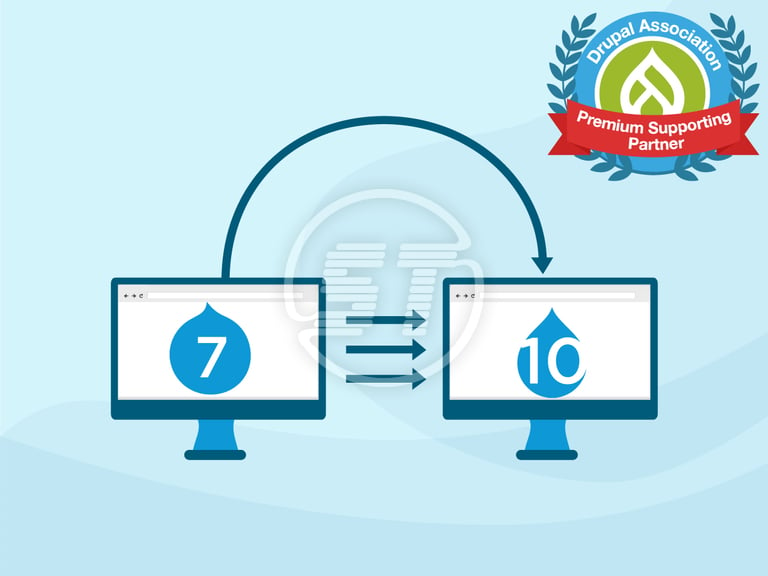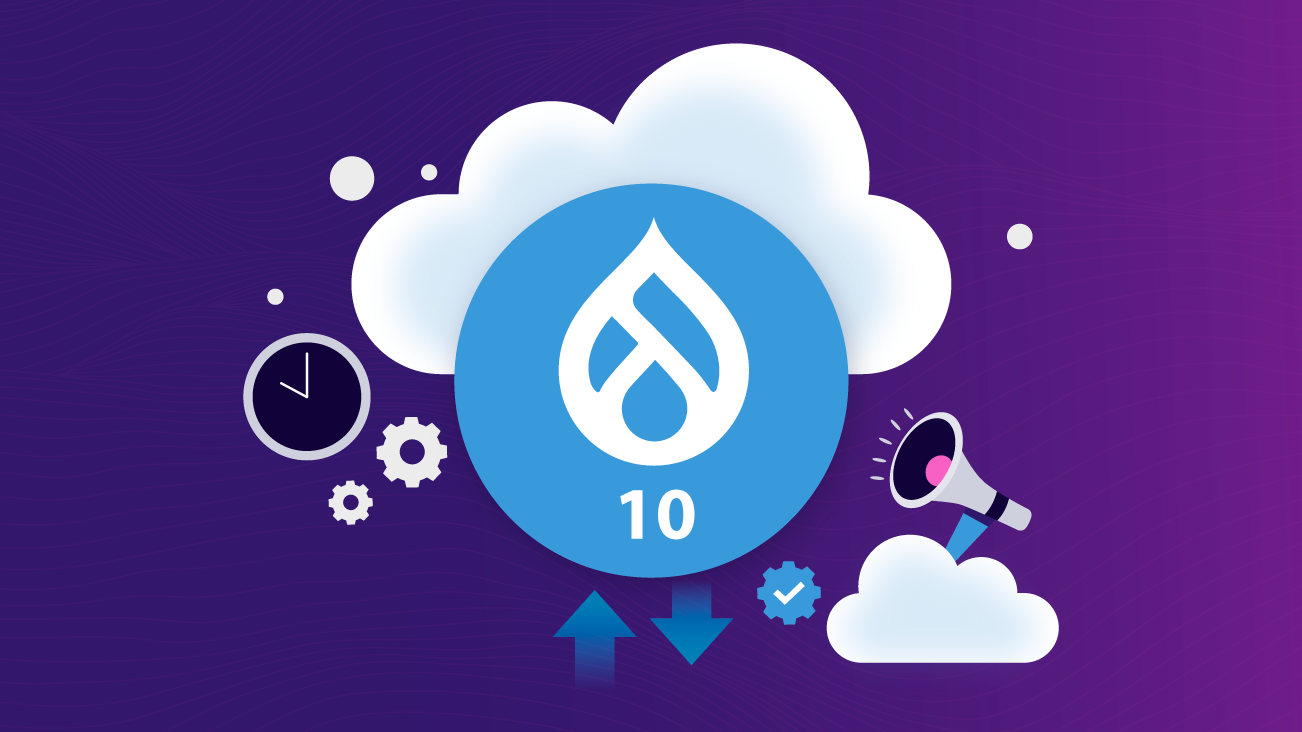The Imperative for Migration: Drupal’s Impending End-of-Life (EOL)
With the clock ticking towards Drupal 7’s End-of-Life (EOL) slated for January 2025, the urgency for migration to Drupal 10 becomes paramount.
Drupal’s EOL signifies the cessation of official support and security updates, leaving websites vulnerable to potential exploits and compatibility issues.
Beyond mere compliance, the migration to Drupal 10 presents an opportunity for organizations to embrace innovation, enhance security, and future-proof their digital presence in the ever-evolving landscape of content management systems.
Deciphering the Migration Plugins: Source, Process, and Destination

Source Plugins:
Source plugins serve as the gateway to extract data from the legacy Drupal 7 system. For complex data structures with deep nested relationships, specialized source plugins are indispensable.
These plugins delve into the intricacies of Drupal 7’s data model, navigating through nested content hierarchies where nodes reference blocks, which in turn reference paragraphs, creating a complex web of interlinked content elements.
These source plugins ensure the seamless extraction of nested data structures, preserving relationships and integrity throughout the migration process.
Process Plugins:
Process plugins drive the transformation and manipulation of data during the migration process, offering a wealth of functionalities to tailor the migration journey according to specific requirements.
In the context of Drupal 7 to Drupal 10 migration, complex process plugins are essential for placing migrated blocks within Drupal 10’s layout builder.
This task involves intricate logic and configuration to ensure optimal placement and presentation of blocks within the new system.
Complex process plugins handle the intricacies of block placement, considering factors such as content hierarchy, layout constraints, and user preferences, thus ensuring a seamless transition and optimal user experience.
Destination Plugins:
Destination plugins facilitate the seamless integration of migrated data into the Drupal 10 ecosystem.
These plugins map migrated content entities to their corresponding destinations, ensuring proper placement and configuration within the new system.
Destination plugins play a crucial role in preserving content relationships, taxonomies, and configurations, thus maintaining continuity and consistency across the migration process.
Navigating the Migration Journey: Best Practices and Considerations
Planning and Preparation:
A comprehensive migration plan is essential for success, encompassing assessment, strategy development, resource allocation, and timeline establishment.
Organizations must assess their existing Drupal 7 infrastructure, identify migration priorities, and define clear objectives and milestones for the migration project.
Testing and Validation:
Thorough testing is paramount to ensure data integrity, functionality, and performance in the new Drupal 10 environment.
Organizations must conduct rigorous testing across various use cases and scenarios, identifying and addressing any issues or discrepancies before finalizing the migration.
Training and Adoption:
Effective training and change management strategies are essential to facilitate user adoption and ensure a smooth transition to Drupal 10.
Organizations must provide training and support to stakeholders, empowering them to leverage the new features and functionalities of Drupal 10 effectively.
Continuous Improvement:
Migration to Drupal 10 is not just a one-time event but an ongoing process.
Organizations must embrace a culture of continuous improvement, monitoring performance, gathering feedback, and adapting strategies to optimize the Drupal 10 environment for long-term success.
Conclusion: Embracing the Future of Drupal
In conclusion, the migration from Drupal 7 to Drupal 10 represents a strategic opportunity for organizations to embrace innovation, enhance security, and future-proof their digital presence.
By leveraging specialized source, process, and destination plugins, organizations can navigate the migration journey with confidence, ensuring a seamless transition to Drupal 10.
With careful planning, strategic execution, and adherence to best practices, organizations can unlock new possibilities, enhance user experiences, and ensure the long-term success of their digital initiatives in the Drupal ecosystem.
